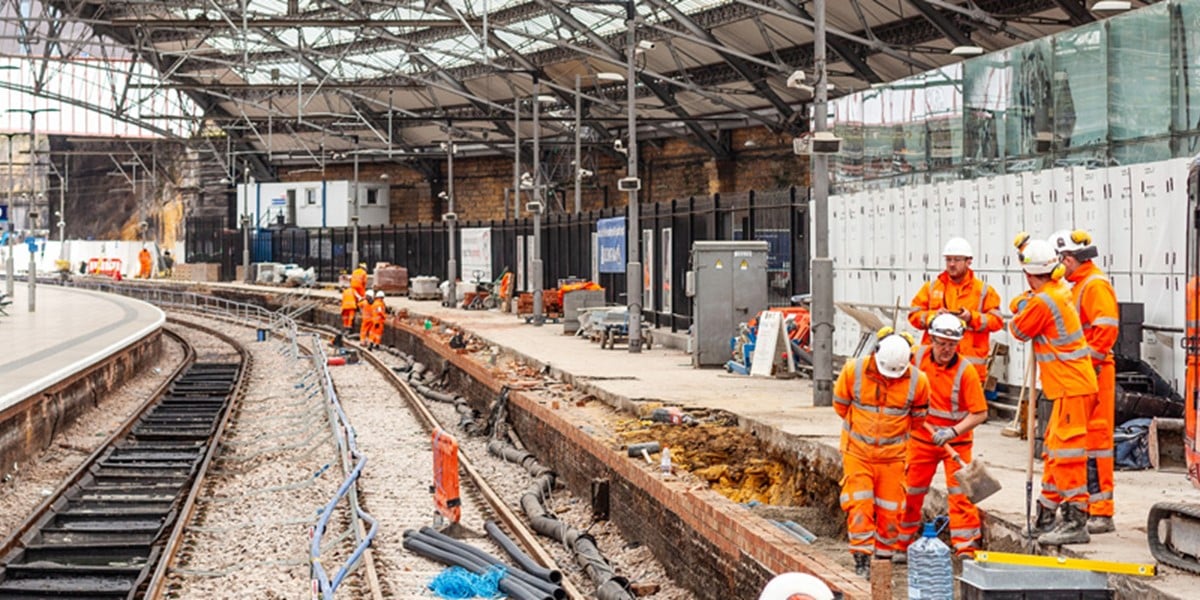Risk Assessment Method Statements (RAMS) are essential health and safety documents in the construction industry.
They provide detailed information on potential hazards and risks for a specific project or site activity and outline the control measures in place.
What Is RAMS in Construction?
RAMS (Risk Assessment Method Statements) are documents that identify hazards, assess risks, and outline control measures for construction projects.
They provide detailed information to execute construction tasks safely and are a legal requirement.
RAMS promote systematic risk management.
Key Points
- RAMS are legally required for construction projects
- They identify hazards, assess risks, and outline control measures
- RAMS promote systematic risk management on sites
Our Opinion
In my experience as a safety consultant, comprehensive RAMS are crucial for managing risks on construction sites.
By providing detailed risk assessments and method statements, RAMS give construction teams the information they need to work safely.
We believe RAMS should be developed early and reviewed regularly by competent professionals.
When implemented correctly, RAMS can prevent incidents and save lives.
What Is RAMS in Construction?
RAMS is an acronym that stands for Risk Assessment Method Statements. It is a combined document that draws together all the information compiled from the various hazards identified and the ways they will be controlled.
Here’s a quick overview of what RAMS covers:
- Identifies potential risks involved with a site activity
- Outlines the corresponding control measures to mitigate those risks
- Provides a systematic approach for identifying and managing risks in construction projects
- Consolidates information about hazards and control measures into one document
- Is project-specific and includes company details
- Is written by a competent construction safety professional
RAMS are mandatory under the Construction Design and Management Regulations. They are paramount for promoting health and safety on any construction site.
Why Is RAMS Important?
RAMS are a crucial part of any construction project’s health and safety management. Here are some of the key reasons why they matter:
- Help identify hazards specific to the task, environment, or project
- Allow evaluation of risks and implementation of control measures before work starts
- Provide step-by-step safe working methods to follow
- Ensure health and safety information is communicated to all involved
- Demonstrate due diligence and compliance with regulations
- Can be used for toolbox talks and new starter inductions
- Aid accident investigation and analysis of unsafe practices
In short, RAMS are the backbone of effective risk management on any construction site. They ensure potential dangers are anticipated and mitigated. RAMS provide clarity for workers on safe systems of work. For construction firms, RAMS are vital for legal compliance and maintaining high safety standards.
How to Create RAMS
Creating a robust RAMS document requires careful planning and attention to detail. Here are some tips:
- Involve site managers, supervisors, and workers in the process – they know the risks
- Break the task down into logical steps from start to finish
- Identify hazards associated with each step of the task
- Assess the risks posed by each hazard and prioritise high-risks
- Decide appropriate control measures to eliminate or reduce the risks
- Specify the correct PPE to be worn for the task
- Provide clear safe working method instructions
- Include emergency procedures as needed
- Use photos, diagrams, and other visual aids if helpful
- Review and update the RAMS regularly and when procedures change
Following these steps helps produce a robust, practical RAMS that addresses the real risks workers face on site. The goal is to ensure everyone understands the hazards and how to stay safe.
Tips for An Effective RAMS
An effective RAMS is clear, concise, and easy to understand. Here are some tips:
- Use simple language – avoid jargon and acronyms
- Be specific about hazards, risks, and controls
- Include diagrams, photos, or videos if they aid understanding
- Highlight critical risks and controls with colour coding
- Use bullet points and numbered instructions where appropriate
- Keep sentences and paragraphs short for readability
- Provide adequate white space between sections
- Use consistent formatting throughout the document
- Get feedback from workers to improve clarity
- Regularly review and update the RAMS
An effective RAMS helps ensure everyone understands the hazards and controls before starting work. Taking the time to create a clear, concise, and visually engaging document pays dividends in improved safety.
Common Mistakes When Making a RAMS
Creating an effective RAMS takes time and care. Here are some common mistakes to avoid:
- Using vague, generic language that lacks specific details
- Failing to identify significant hazards and risks
- Not providing clear, actionable control measures
- Neglecting to update the RAMS when procedures or risks change
- Copying and pasting from old RAMS without reviewing
- Making the RAMS overly long or complex
- Using small font sizes or poor formatting that hinders readability
- Not getting worker feedback during RAMS development
- Forgetting to include emergency response procedures
- Failing to highlight critical controls and precautions
Avoiding these common pitfalls will result in a higher quality RAMS that better protects your workers. Invest time upfront to create a clear, accurate, and easy-to-understand document.
FAQ
What does RAMS stand for in construction?
RAMS stands for Risk Assessment Method Statements.
Are RAMS a legal requirement in construction?
Yes, RAMS are a legal requirement for construction projects under health and safety regulations.
Who is responsible for writing RAMS?
The contractor or principal contractor is responsible for developing project-specific RAMS.
What is the purpose of RAMS?
The purpose of RAMS is to identify hazards, assess risks, and outline control measures to mitigate risks on construction sites.
Conclusion
Risk Assessment Method Statements (RAMS) are essential documents for managing health and safety on construction projects. RAMS provide detailed information about project hazards, risk assessments, and safe working method statements. Developing comprehensive RAMS is a legal requirement and ensures construction companies take a systematic approach to risk management. Overall, RAMS is vital in promoting workplace safety in the construction industry.


